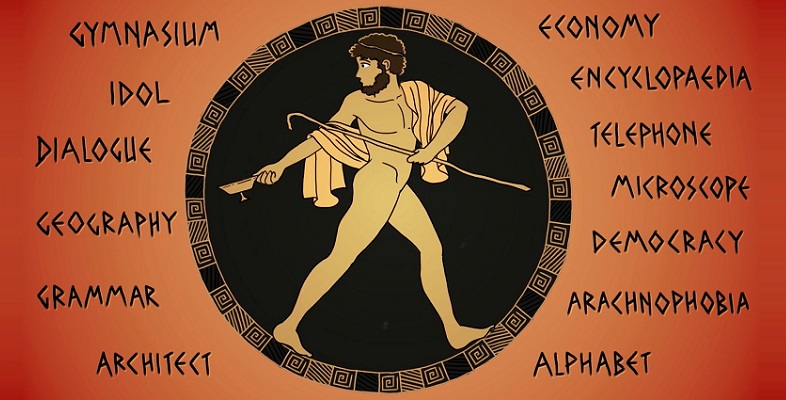3 Noun endings in English
A small number of English words carry traces of a grammatical system in which subjects and objects are marked not by their position in the sentence but by a change of word ending, or even of the entire shape of the word.
He likes her.
As usual in English, the word before the verb (‘likes’) is the subject (‘he’) and the word after is the object (‘her’). But in this instance, reversing the meaning of the sentence requires more than swapping the positions of ‘he’ and ‘her’. The words must also change their shape:
He likes her —> she likes him.
These changes are characteristic of the English personal pronouns: ‘I’, ‘you’, ‘he’, ‘she’, ‘we’ and ‘they’. The shape of the word is related to the role that it plays in the sentence. ‘He’ and ‘she’ are sometimes referred to as ‘subject pronouns’, ‘her’ and ‘him’ as ‘object pronouns’. ‘Who’ and ‘whom’ also work in the same way.
Activity 3 Swapping subject and object
What changes would need to take place in these sentences to convert the subject into an object and object into subject?
- I like her.
- We like them.
- She likes you.
Discussion
In English the pronouns would swap positions and, in most cases, change their shape.
- I like her —> she likes me.
- We like them —> they like us.
- She likes you —> you like her.
Note that in some instances, such as ‘you’ (and ‘it’), the same shape is used to indicate both subjects and objects.
Activity 4 Flexible word order
The use of word shape enables languages to adopt a flexible rather than a fixed word order. This is more frequent in Greek, but also possible in English, as the following extract from the New Testament demonstrates:
These things write I unto you
a.
Subject Verb Object
b.
Verb Subject Object
c.
Object Verb Subject
The correct answer is c.
Discussion
The order is Object Verb Subject, i.e. the inverse of standard English word order.
2. Why, in this instance, can English invert the word order without creating confusion?
Discussion
‘I’ is the form of the pronoun used to indicate a subject. Using the form ‘I’ instead of ‘me’ makes it clear who is doing what to whom, overriding any expectations raised by the order of the words.
There are other factors at work too. Knowledge of the world tells us that it is people who write letters, not letters that write people. Grammar and meaning work together to make the sense clear.
3. Look at the original Greek words of 1 John. Why do you think this word order was chosen by the translators?
ταῦτα [these things] γράφω [write I] ὑμῖν [unto you]
Discussion
The English retains the word order of the Greek. The translators have preserved as much as possible of a text considered to be divinely inspired. The King James Version of 1611 drew from the sixteenth-century translation of William Tyndale, which adopted the same order: ‘these thynges write I unto you’.
